Engineering Explained: What Makes A Car Fun To Drive?
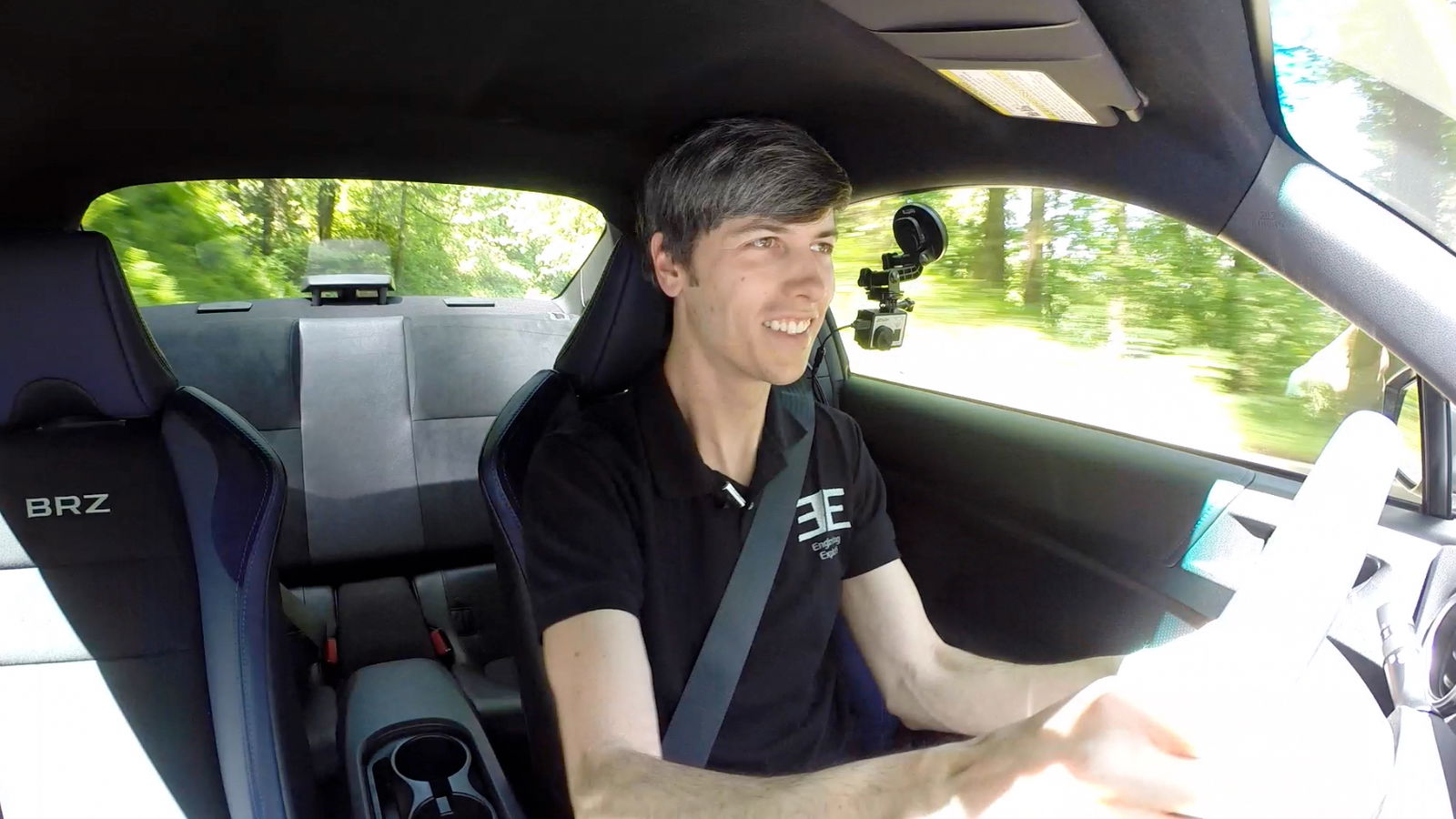
Anyone who loves cars knows that special feeling you get in the right car. You know, that thing James May calls ‘the fizz’. Can it be explained in terms of car design, engineering, and perhaps numbers? It seems more often than not people determine how fun a car is simply by quoting a single statistic: the 0-60mph time. However, if you think about it critically, this number doesn’t tell you all that much.
You see, a car that’s geared aggressively may have higher g-forces but a lower sprint time than a car that’s geared less aggressively and spends less time shifting. The thing is, though, higher g-forces tend to amount to more fun; rollercoasters are more exciting thin riding the train, for example. Cars that are AWD tend to have better off-the-line performance, but suffer in the corners as a result of added weight.
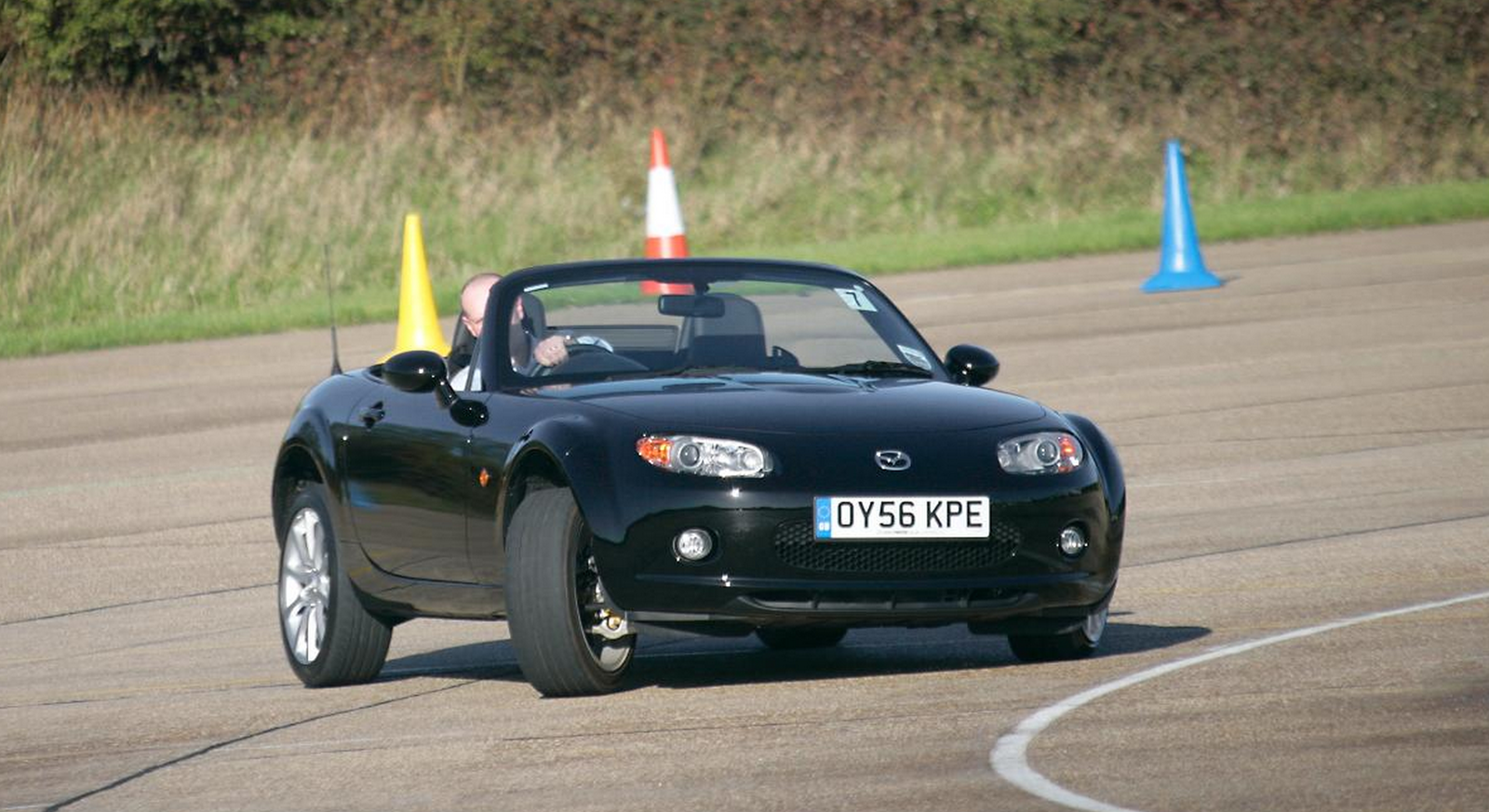
Ask anyone who’s never driven a Miata or a BRZ and they’ll probably claim they’re underpowered. Ask anyone who has driven a Miata or a BRZ and many will claim they’re incredibly fun cars to drive. So why does this gap exist? Simply put: ego. It’s what, in my opinion, the whole 0-60 culture is built on.
Ask yourself: why is it important for your 0-60 time to be low? If you’re buying a vehicle for pleasure, the reason you buy it shouldn’t be because you want to smoke the driver next to you at a red light. It should be because you legitimately enjoy driving that specific car. The problem with focussing on outright pace is that there will always be a faster car. Allowing for fun in the automotive industry to be defined purely as a vehicle that accelerates quickly allows for slacking in all of the other categories.
The Subaru BRZ isn’t exactly quick in a straight line, but it’s been one of the most fun cars I’ve ever driven. Skip to 9:36 to see what I mean:
So let’s talk about the various categories that make a car ‘exciting’. These are the distinct characteristics in cars that have made them enjoyable to drive.
1. Agility and Nimbleness
Cars are enormous masses. These masses don’t want to change direction (says Newton), so when you drive something that allows for quick direction changes it’s exciting. Several factors play a large role here, though a lot of it comes down to weight. Think of it like this: if someone rolls a basketball at you, it’s very easy to stop it and roll it back. If someone rolls a bowling ball at you, you’re probably just going to get out of the way. Stopping it takes a lot of work, and the same applies to cars. These factors (among others) help improve agility:
- Moment of inertia: ideally weight is centered;
- Weight balance: ideally weight is distributed fairly evenly between the two axles;
- Low weight: shed those pounds!
2. Steering
I believe response time plays a large role in how we appreciate steering systems. If you turn the wheel and you immediately have the car turn in, you believe it to be better. Regardless of whether that translates into better lap times is irrelevant, the fact you feel more in tune with the car instantly makes it more fun to drive. A few factors help keep steering fun:
- Steering ratio: smaller ratios result in quicker turn in and a sense of better response. I find this desirable;
- Feedback: Cars with a mechanical linkage between the wheel and the tyres with minimal assist will provide the driver with useful feedback about how the front tyres are behaving;
- Low weight: Cars that have less weight will turn more easily, and this results in better steering feel as you don’t feel like you’re fighting against an invisible force.
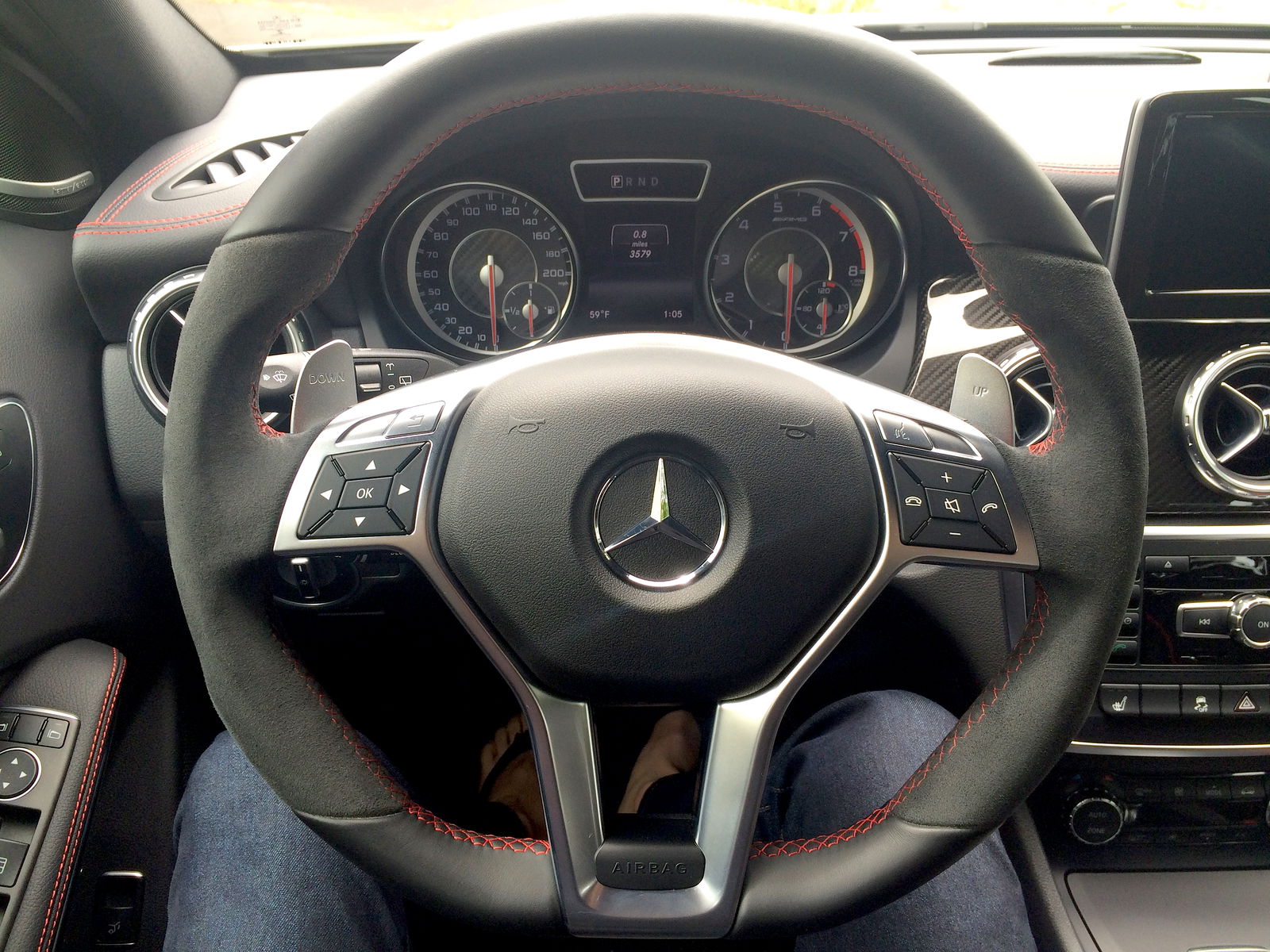
3. Predictability and Controllability
Ultimately we want to drive cars that don’t understeer or oversteer, unless initiated intentionally. For the car to behave neutrally, many factors play a role:
- Weight distribution and balance: centered weight helps provide neutral steering;
- Suspension/wheel/tyre tuning: balancing front and rear loading and grip is a complicated endeavour, but when done correctly, it makes driving incredibly entertaining.
4. Approachable Limit
Perhaps a generalisation, but I’d be willing to bet the majority of car enthusiasts don’t spend a high portion of their time on a track. For most of us, we experience the joy of driving on public roads. When the ability of a car exceeds what is safely possible to achieve as a law abiding citizen, how useful is it really? I’ve never driven anything truly exotic, but I imagine that, on public roads, it feels similar to being a tiger looking at a tasty meal on the other side of protective glass at the zoo. To have some real fun with hyper-powered cars, you need to be on a track.
Light weight cars with skinny tyres tend to be incredibly fun on public roads. You can feel - and hear - as the limit approaches and step over that line if you want to, letting the tail slide out if that’s your thing. There’s something deeply enjoyable about having the rear tyres get loose while controlling the path of the vehicle. Cars on diets tend to allow for this to happen easily and predictably. I’m not advocating drifting on public roads, but having a ride that allows you to flirt with the idea is spectacular.
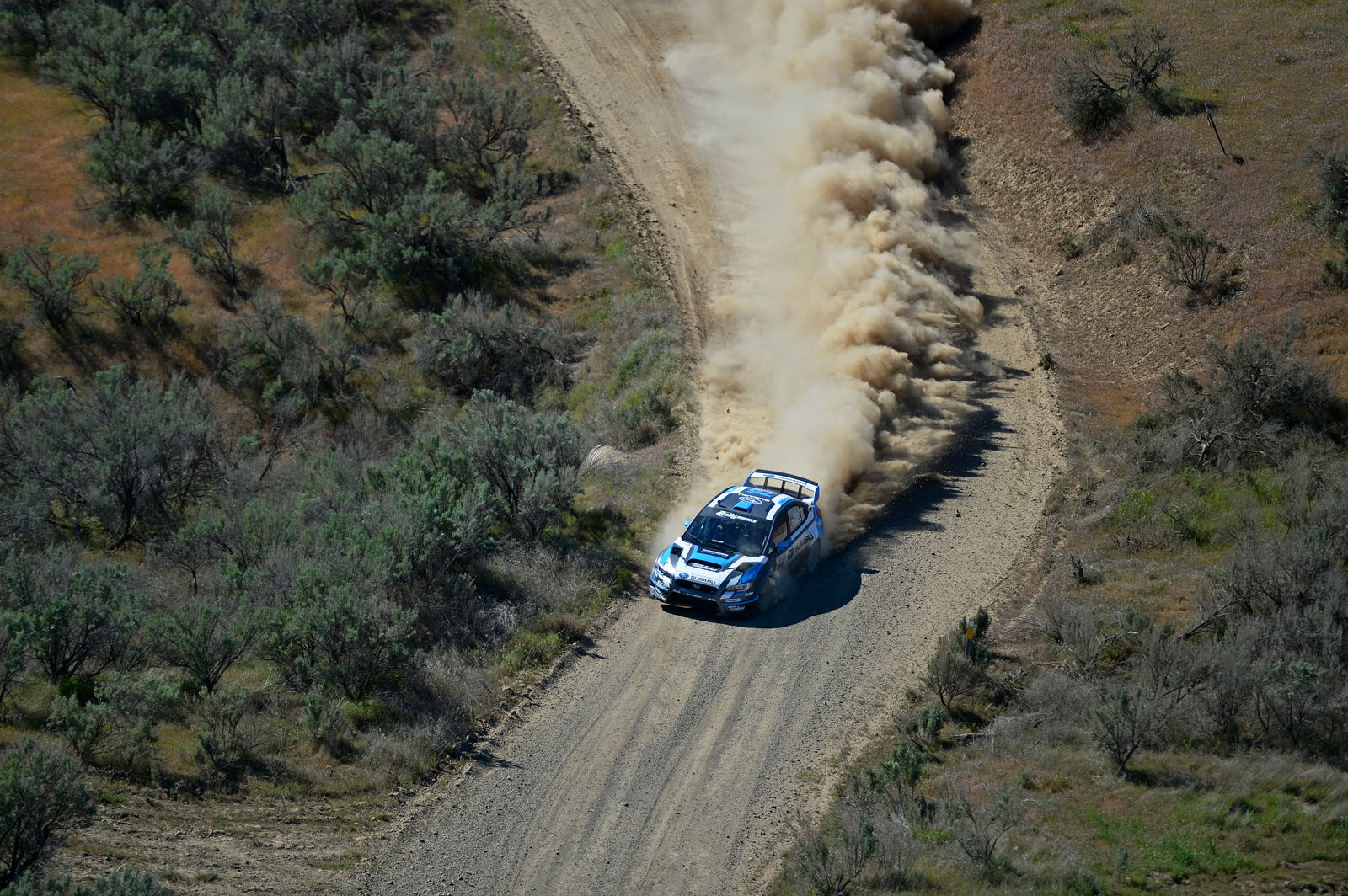
5. G-forces
Here’s where 0-60mph does comes in, albeit along with many other factors. G-forces are sensations we’re not usually subjected to (other than the one holding you down), so when you add in lateral forces to the mix it’s thrilling. Rollercoasters, merry-go-rounds, Gravitrons… these are all simple devices that subject us to g-forces, and we pay to experience it. We want cars that brake, corner, and accelerate quickly. The physics of what provides this is simple:
- Power: More is better, you go faster!
- Weight: F=ma. Reduce mass and you accelerate faster.
- Tyres: Ultimately things will become friction limited. Sticky tyres will allow for higher acceleration forces.
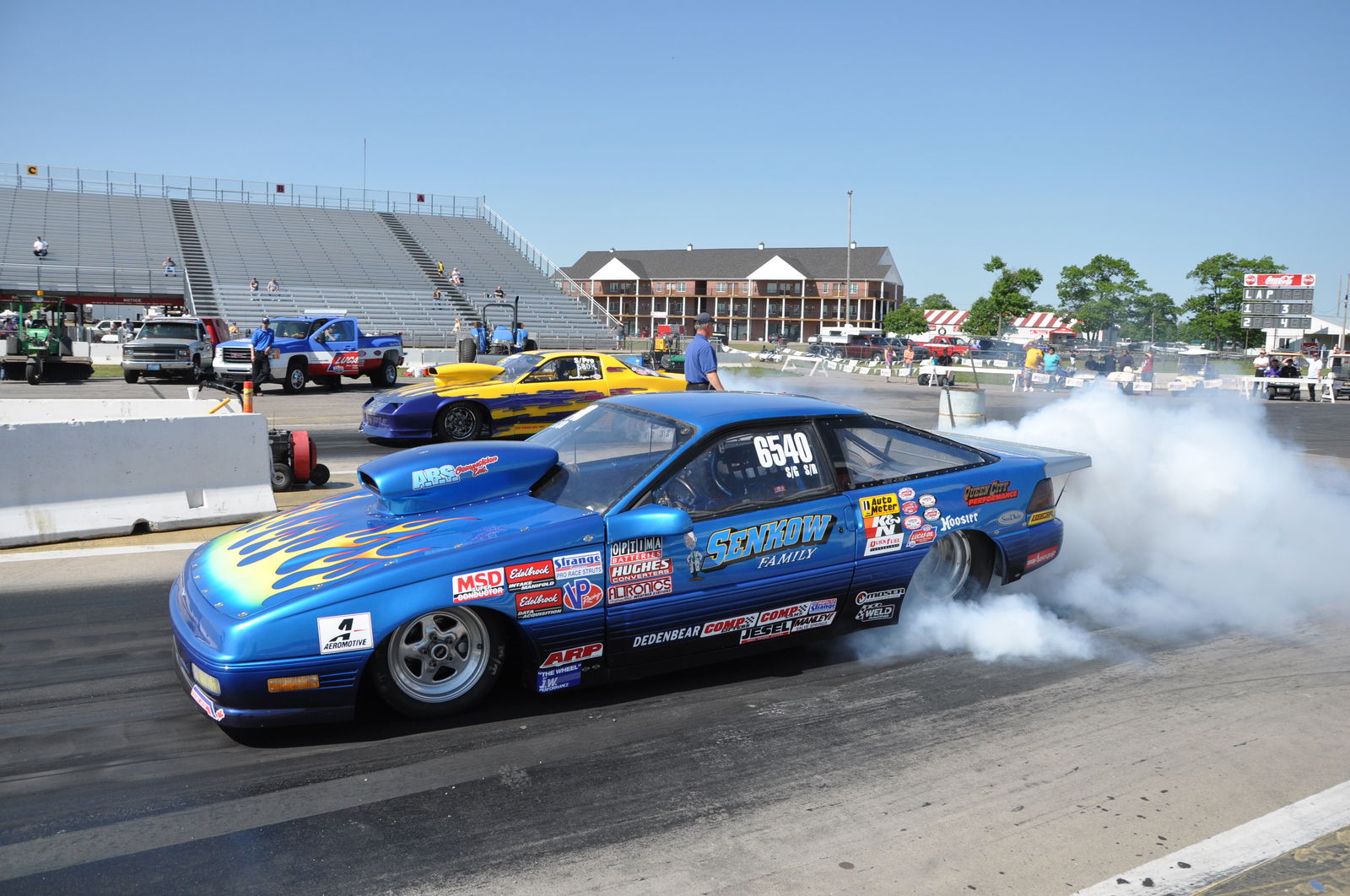
I’m leaving out exhaust sounds and driver involvement (manual transmissions, electronic aids, etc) as the discussion becomes much more subjective than it already is. But based on the five above factors which I believe are critical to a car being fun to drive, there’s a common link: weight. That’s unfortunate, because it’s become standard for cars to be heavy these days.
As weight increases, fun dies. It has such a huge impact: efficiency, braking, acceleration, handling. Everything gets better when weight is reduced, yet it doesn’t seem to be a focal point of car culture. Cars like the BRZ and Miata are overlooked simply because they’re ‘underpowered’, when really they’re brilliant machines maximising fun per dollar spent; the Alfa Romeo 4C and Lotus Elise also follow this design philosophy.
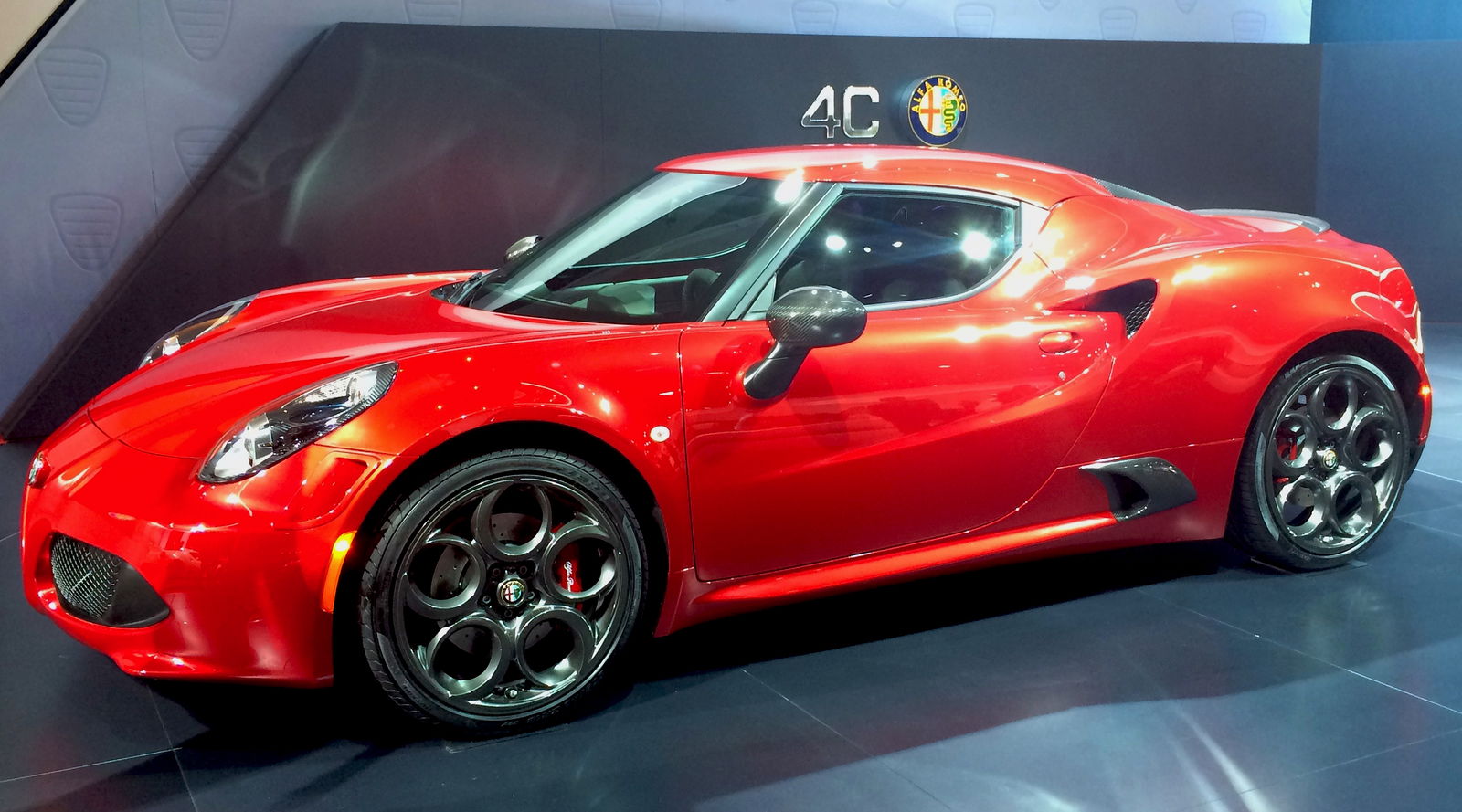
Recently somewhat of a revelation occurred when a friend from out of town was visiting. He hadn’t ridden in my Subaru STI yet, so of course we had to go for a quick ride on one of my favourite nearby roads so we could enjoy the roars and squeals of an iconic boxer engine sending boosted torque to my freshly installed summer tyres. I also happened to have a Scion FRS in for the week to review. After getting home, my girlfriend had just got back from work, and was disappointed to see we’d gone for a hoon in the Subaru rather than the FRS.
I calmly explained that the Scion was an automatic, reducing its performance due to less aggressive gearing and additional weight, while biting my tongue at the thought of an FRS being ‘better’ than a Subaru STI. Two weeks earlier, I had the manual Subaru BRZ in for review. My girlfriend and I went for a joy ride on the same road. She claimed it was the first time she’s ever been scared in the car with me, and usually I’m driving something much harsher, much faster (thanks to a turbo and an additional 105bhp), with much more aggressive grip and traction.
None of that mattered; the BRZ was more exciting to her. There’s no ego in this equation; she has no investment in these cars. When you remove ego and start to look at things much more objectively, it’s hard to justify that a Subaru STI is ‘better’ than an FRS from a fun perspective. Perhaps I’ll get over my own ego eventually and fess up. Until then, I’ll comfort myself knowing that I desire the practicality of a hatchback and the traction of AWD.
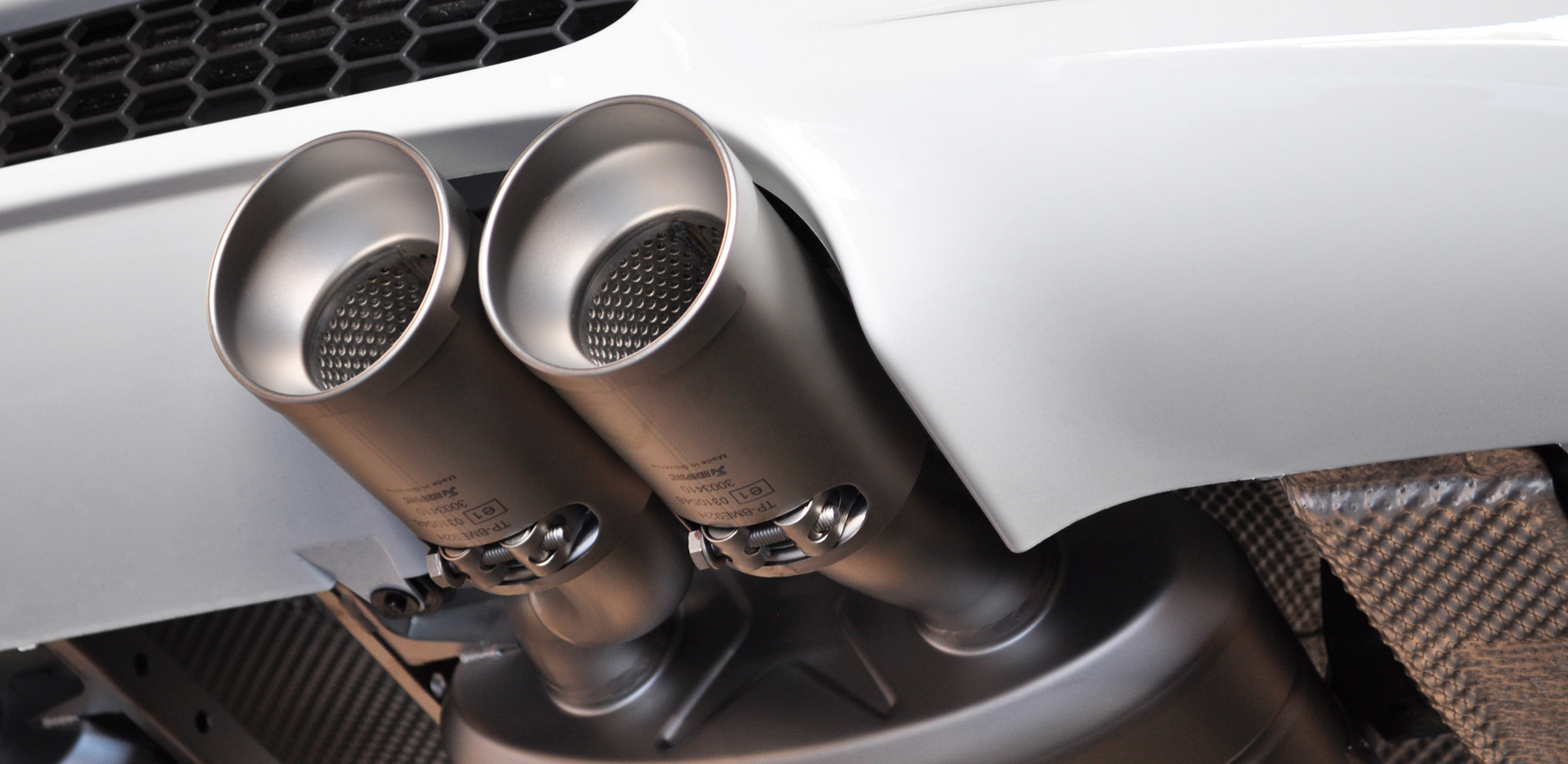
Comments